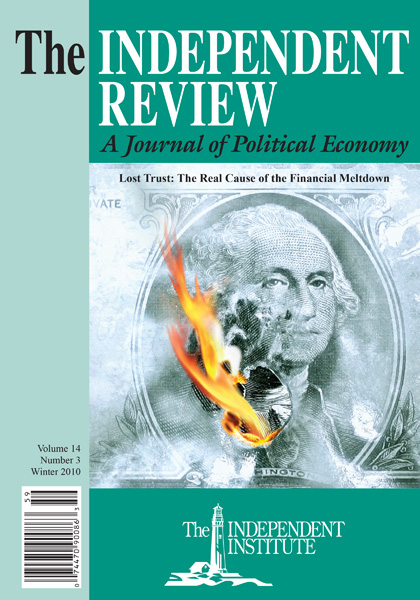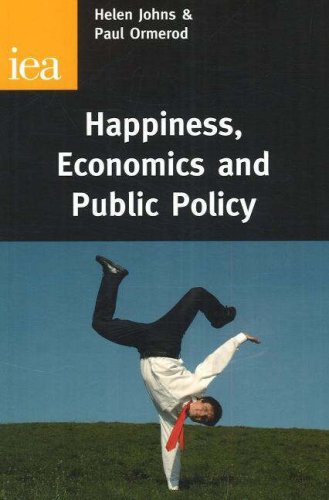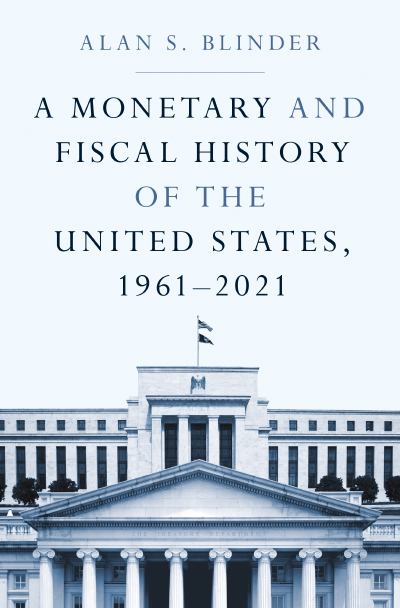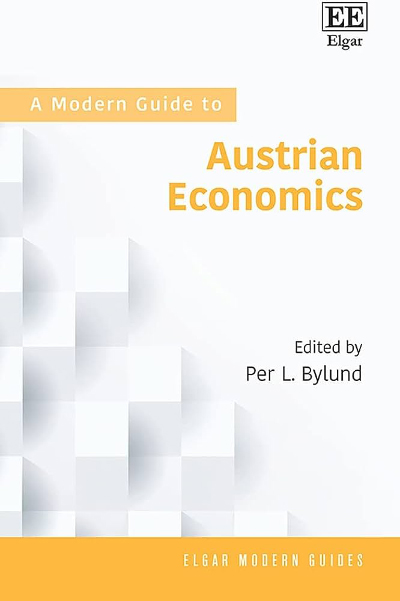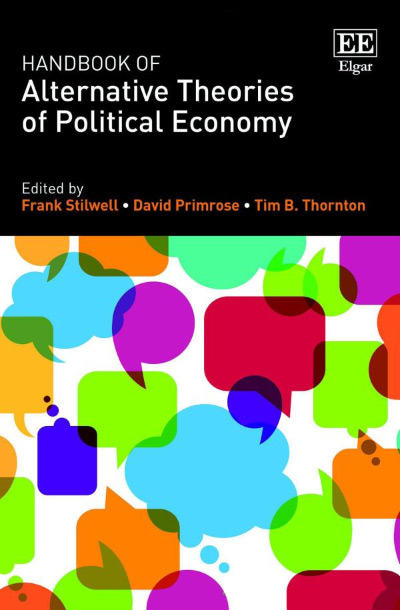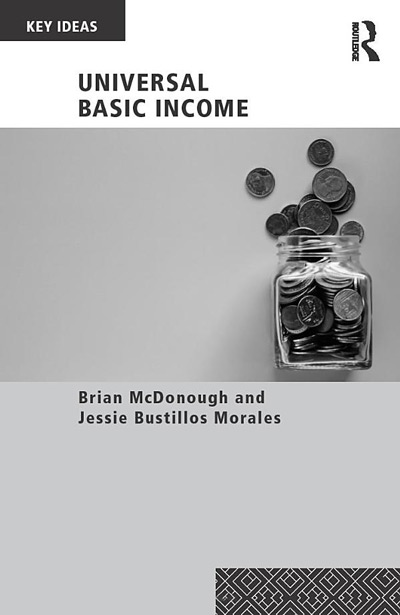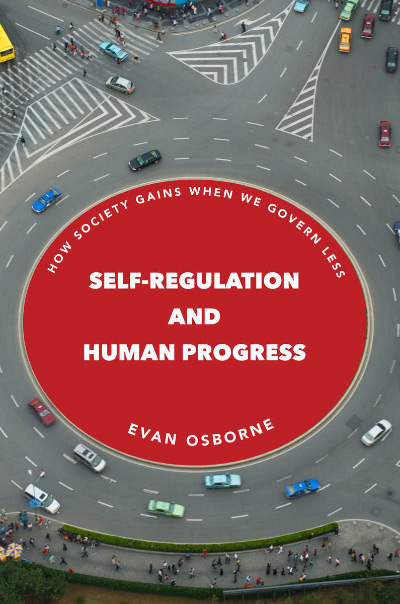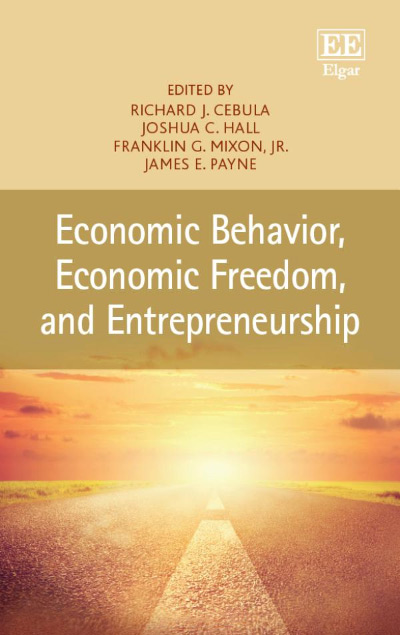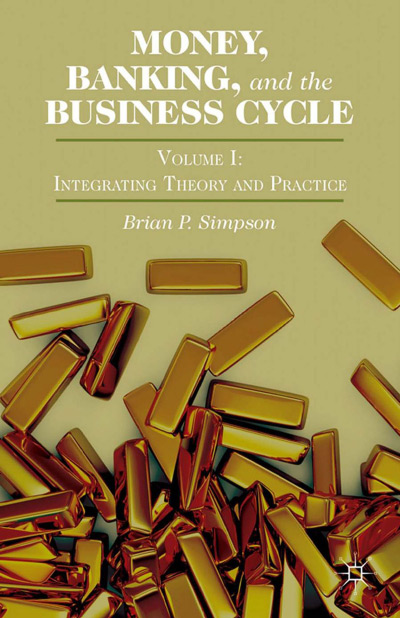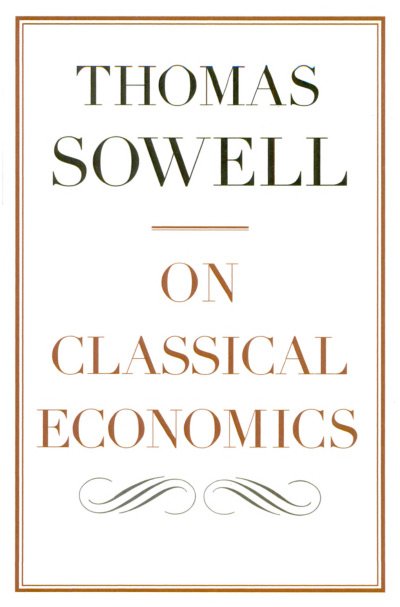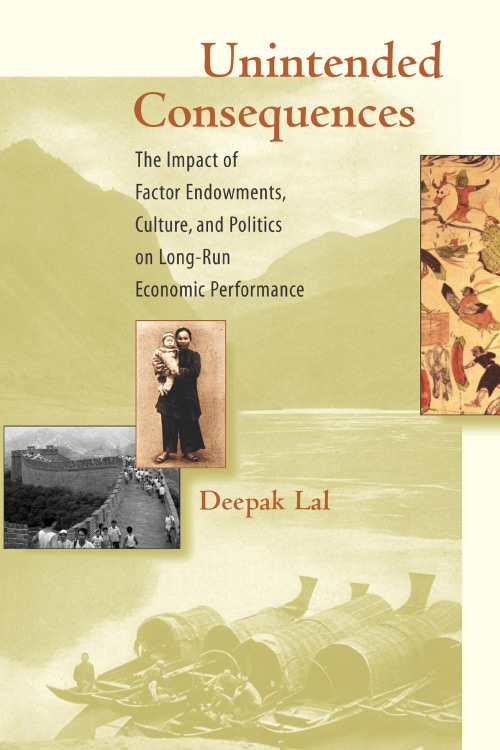Happiness has been a topic of philosophic discussion for thousands of years, but it has recently attracted the attention of behavioral and social scientists. During the past three decades, an explosion of research on happiness has occurred, with a concentration on how to measure it and what relationship it has to national wealth and social policy. Nearly 4,400 articles on this topic were published in the year 2000 alone.
Economists Helen Johns and Paul Ormerod have written a concise and trenchant critique of “happiness economics” as a reliable tool for making policy decisions. They note that strong policy prescriptions are being drawn from the data on happiness. The prime example has its origin in the early literature. The happiness data seem to show that during the past several decades, the level of happiness in the developed world has remained constant, whereas real income per capita has doubled. This lack of associationis often referred to as “the Easterlin paradox” because Richard O. Easterlin was the first to provide data showing that past a certain point, increases in income are not associated with increases in happiness. A number of researchers have explained this paradox by saying that happiness depends on a person’s relative, not absolute, amount of income. The conclusion all too cheerfully drawn by those of a statist inclination is that steep, progressive taxation is needed to diminish relative income differences and thereby increase people’s happiness. The conclusion also helps to justify extensive state economic intervention. A number of economic studies have shown that more state controls reduce the rate of economic growth, but if economic growth does not increase happiness, the objection loses much of its force.
Johns and Ormerod explore a number of criticisms of this line of happiness research and its use in supporting redistributionist policies. First, they note that although rising gross domestic product (GDP) does not correlate with rising levels of happiness, many other relevant factors also fail to correlate. For example, they point out that in the United Kingdom, during a period when government spending increased by 50 percent, happiness remained constant, but none of the statist policy wonks concluded that big government is irrelevant to happiness.
In the United States, during a period in which violent crime nearly doubled then dropped to its earlier level, the happiness level remained constant. During the same period, life expectancy increased, and gender inequality of income decreased, but, again, happiness remained constant. It is counterintuitive, to say the least, to conclude that decreasing crime, increasing longevity, and increasing gender equality have no impact on happiness. Moreover, the authors point out, the level of income disparity in a country and its happiness level are not significantly associated.
A second critique the authors explore is of the idea of replacing GDP, the standard measure of economic success, as a policymaking tool with a happiness-based metric, perhaps “gross national happiness.” They review the history of alternative measures of economic health, such as the measure of economic welfare and the index of sustainable economic welfare, and show that such measures tend to be very subjective and often involve highly dubious empirical assumptions. They note that Nobel Laureate Daniel Kahneman, himself a major contributor to happiness research, has expressed doubt about its use in policymaking (see D. Kahneman, “The Science of Well-Being,” seminar at the Institute for Public Policy Research, London, September 1, 2006).
A third area of critique Johns and Ormerod investigate involves the suggestion that a happiness metric would help us to measure welfare better than measures such as GDP do. The idea here starts with the obvious fact that certain goods lack market prices. Public goods, such as a healthy ecosystem, come to mind here: it is clear that green, open spaces are important to human flourishing and happiness, but the free market often does not price them. Of course, we might ask people to use money as a trade-off metric: we can assess how much a person values open space by asking how much of their income they are willing to spend, recognizing that they will thus have less to spend for other things. Many happiness policy wonks, however, want to use a “holistic” measure (one that includes the level of happiness) instead.
As the authors note, the problem of trade-offs remains. For example, in the United Kingdom, happiness-policy mavens advocate spending a great deal more money to hire therapists to treat depression. But Kahneman and others have shown that after a disabling accident, the disabled tend to return to their prior level of happiness (D. Kahneman and A. Krueger, “Developments in the Measure of Subjective Wellbeing,” Journal of Economic Perspectives 20 [2006]: 3–24). So are we to conclude that we should eliminate spending for prevention and treatment of disabilities and instead spend the money for therapists for the depressed on the theory that net happiness will be increased?
Here Johns and Ormerod discuss a point that they might well have pursued further. They argue that the drive for a “holistic” conception of welfare is a manifestation of the statist view that people are intellectually incapable of determining what is truly in their best interests.
This point ties in with the one made earlier: happiness research has been useful from the statist perspective. Faced with the unpleasant fact that freer economies are wealthier, the statist dismisses it; faced with the fact people do not make the same trade-offs that he does, he dismisses them.
Although Johns and Ormerod have written an excellent critique of the happiness literature, two additional points deserve notice. First, granting that the happiness data produce a crude measure of the underlying phenomena, we might note that serious problems also afflict most other data that economists and social scientists use. Second, the research is still evolving. For example, in a major work written recently (Economic Growth and Subjective Well-Being: Reassessing the Easterlin Paradox, Working Paper no. 2394 [Munich: CESIfo, September 2008), Betsey Stevenson and Justin Wolfers provide compelling evidence that the Easterlin paradox is simply false—at no point do increases in income stop increasing happiness.
| Other Independent Review articles by Gary Jason | |
| Winter 2006/07 | The New, New Left: How American Politics Works Today |

